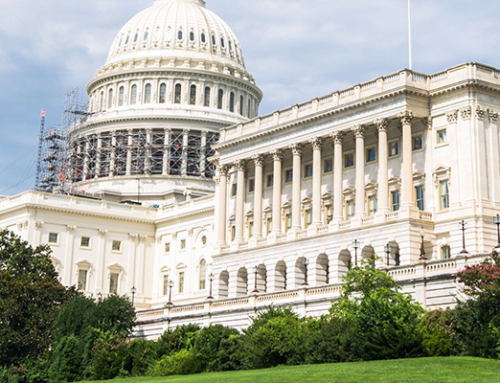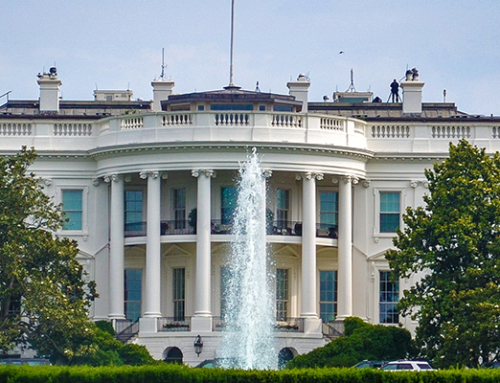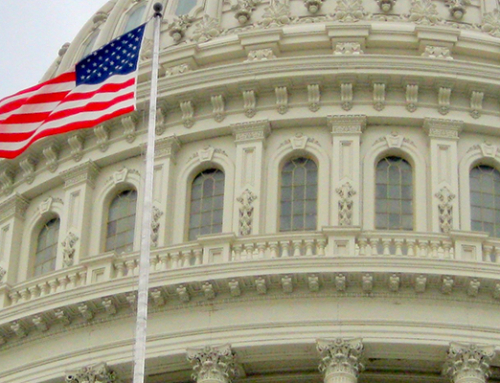The US Department of Labor has begun to release operating instructions to implement the Workforce Innovation and Opportunity Act (WIOA) starting with the appointment of state and local workforce development boards. See instructions released at http://wdr.doleta.gov/directives/attach/TEGL/TEGL_27-14.pdf
The following activities must be completed by July 1, 2015
The Governor must appoint a WIOA-compliant State Board
States that meet the requirements of alternate entities and wish to continue to operate as an alternative State Board must notify their respective US DOL Employment and Training Administration Office
The Governor must establish criteria for the selection and appointment of local board members.
State Board
The majority of the board must consist of representatives of business who are owners of businesses, chief executives or operating officers of businesses, or other business or employers with optimum policy-making or hiring authority, and who, in addition, may be members of a Local Board;
Represent businesses (including at least one representative of small business), or organizations representing businesses and provide employment opportunities that, at a minimum, include high-quality, work-relevant training and development in in-demand industry sectors or occupations in the State;
Are appointed from among individuals nominated by State business organizations and business trade associations.
Not less than 20% of the Board shall be representatives of the workforce within the State, who must include:
Two or more representatives of labor organizations, who have been nominated by State labor federations;
One or more representative, who must be a member of a labor-management registered apprenticeship program, or if no such joint program exists in the State, such a representative of a registered apprenticeship program in the State.
(The Governor may appoint one or more representatives of the following organizations to contribute to the 20% requirement; community-based organizations, including organizations that serve veterans, individuals with disabilities, and youth)
The board must also include the lead state officials with primary responsibility for the core WIOA programs; and two or more chief elected officials (collectively representing both cities and counties, where appropriate)
The Governor may appoint the state agency officials from agencies that are one-stop partners, state agency officials responsible for economic development or juvenile justice programs; representatives of Indian tribes or tribal organizations; the state agency responsible for education programs, including chief executive officers of community colleges and other institutions of higher education.
Local Boards
The majority of the members of the local board must be representatives of business in the local area. At a minimum, two members must represent small business as defined by the U.S. Small Business Administration. Each business representative must
Be an owner, chief executive officer, chief operating officer, or other individual with optimum policymaking or hiring authority
Provide employment opportunities in in-demand industry sectors or occupations
Provide high-quality, work-relevant training and development opportunities to its workforce or the workforce of others (in the case of organizations representing business)
Are appointed from among individuals nominated by local business organizations and business trade associations.
Not less than 20% of the members of the local board must be workforce representatives, who
Must include two or more representatives of Labor organizations, where such organizations exist in the local area, and where they do not exist, other employee representatives
Must include one or more representatives of a joint labor-management, or union affiliated, registered apprenticeship program within the area; if no union, a registered apprenticeship program.
(The Board may include the following to contribute to the 20%; one or more representatives of community-based organizations, including organizations that serve veterans, individuals with disabilities, and one or more representatives of organizations that serve youth).
The balance of the local board must include:
At least one eligible provider administering adult education and literacy activities
At least one representative from an institution of higher education providing workforce investment activities, including community colleges
At least one representative from each of the following governmental and economic and community development entities
Economic and community development entities
The state Employment Service Office under the Wagner-Peyser Act serving the local area
The programs carried out under title I of the Rehabilitation Act of 1973
(The Chief Local Elected Official (CELO) may appoint entities in the local area administering education and training activities, governmental and economic and community development entities, philanthropic organizations, and other appropriate individuals as determined by the CELO)
Refer to the US DOL advisory for additional detail.
UWC encourages employers and representatives of business to become actively engaged in the appointment of business majorities on the State and Local Boards. State workforce agencies should be leading the implementation and organizational coordination of state and local boards and the state plan.





